These no-fly zones typically occur when there is a threat to the safety of aircraft due to events on the ground. The escalating conflict in the Middle East is the latest global situation to cause gaps in air traffic flow, a situation that aviation experts say is costing commercial airlines time and money as they reroute or cancel flights.
Airspace closure
Even when encased in a metal tube at 10,000m, passengers cannot escape being tied to events taking place far below. Global travel is often at the mercy of international geopolitics , but never more so than in the skies above.
However, after facing a series of conflicts between Russia and Ukraine and beyond, the disruption of war has become a fact of life that airlines have become adept at dealing with.
A recent snapshot provided by FlightRadar24.com shows large gaps over Israel, Iraq, Iran and Ukraine, with most air traffic being squeezed into corridors surrounding those countries - PHOTO: CNN
“Airspace closures have become quite common,” said Brendan Sobie, a Singapore-based aviation consultant.
"It's almost like airlines have to navigate," he told CNN, mentioning the recent flare-up of tensions between India and Pakistan, last year's Israeli and Iranian airstrikes and the conflict in Ukraine as just some of the man-made events that have disrupted air travel in recent years, alongside natural disasters — especially volcanoes.
Live air traffic tracking maps from websites like FlightRadar24 show there are now large gaps in the skies over Israel, Iraq, Iran and Ukraine, with most traffic being forced into corridors surrounding those countries.
There is still some international air traffic over Russia, but it is mainly Chinese airlines such as Air China, Xiamen Air or Cathay Pacific. Russian airspace bordering Ukraine has been closed to all commercial airlines since the start of the conflict, so China's European routes mainly go in or out over the Baltic Sea, near St. Petersburg.
“Airlines have departments that are constantly looking at airspace issues and assessing risk,” Sobie said, adding that each airline has different variables in how they operate.
“Even open airspace, some airlines may deem it unsafe” and reroute accordingly, he said.
An empty passenger lounge at Tel Aviv's Ben Gurion International Airport after flights were canceled due to Israeli airstrikes on Iranian cities on June 13, 2025 - PHOTO: BLOOMBERG
Rerouting often involves significant diversion. Pilots must be able to fly far enough out of harm's way that unexpected weather conditions don't accidentally push them over the edge or an in-flight crisis forces them to make an emergency landing in the wrong place.
Particularly in the age of cyber warfare, there is an increasing risk of GPS jamming or spoofing around war zones – with satellite navigation systems at risk of being tricked into showing false locations.
Increased costs and risks for aircraft
Regardless of the airline, flight disruptions are costly, said Tony Stanton, director of consultancy Strategic Air in Australia.
For example, the current conflict in Iran and Israel is forcing airlines to add two hours to direct flights from London to Hong Kong.
Even for relatively efficient long-haul aircraft like the Boeing 777 or Airbus A350, that means using significantly more fuel. “To put that into perspective, a B777 burns about $7,000 an hour of fuel, at a rough estimate,” Stanton says.
Besides fuel, airlines could see increased costs for crew time, new fees to fly over different airspace, and lost revenue from delays and cancellations.
And those losses can't be quickly recouped because most passengers booked tickets weeks or months in advance of the incident that caused the problem.
While the current Middle East conflict has brought commercial flights to Iran and Israel to a complete halt, airlines that used to fly over those destinations are having to change their routes.
Stanton said many flights that would normally fly over Iran, Iraq, Jordan or Israel are being diverted to corridors over Saudi Arabia, Egypt and onto Türkiye. FlightRadar24 clearly shows that air traffic is now squeezed into two narrow corridors, especially the one south of the conflict zones. And of course, it takes more time and money.
A view of planes parked at Mumbai Airport on June 13, 2025. Many flights were canceled or diverted following Israel's attack on Iran and subsequent closure of Iranian airspace - PHOTO: CNN
That also means more work for air traffic controllers, who are squeezing more planes into smaller spaces.
But the risks of flying over certain airspace were highlighted in July 2014 when Malaysia Airlines Flight 17, en route from Amsterdam to Kuala Lumpur, was shot down by a surface-to-air missile fired from an area of Ukraine controlled by pro-Russian rebels, killing all 298 people on board.
Airlines are also concerned about the uncertainty of when conflicts will end. For example, the conflict in Ukraine began in February 2022, and flight changes and cancellations caused by the tensions are still in effect.
Source: https://thanhnien.vn/vi-sao-co-nhung-lo-hong-lon-tren-bau-troi-the-gioi-185250621090133686.htm


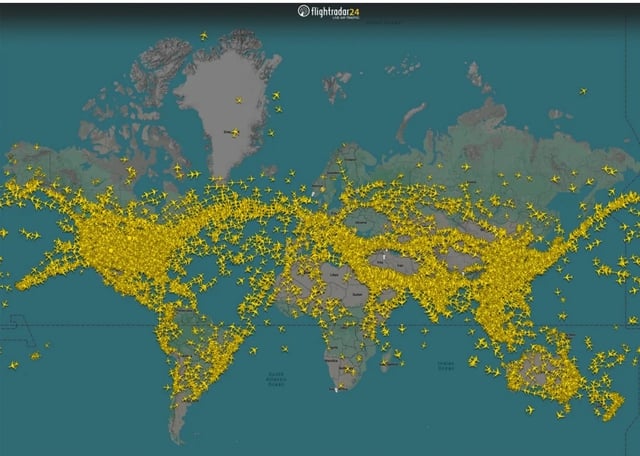
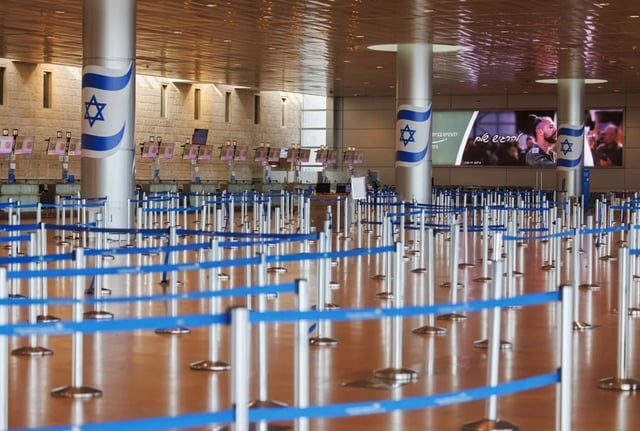
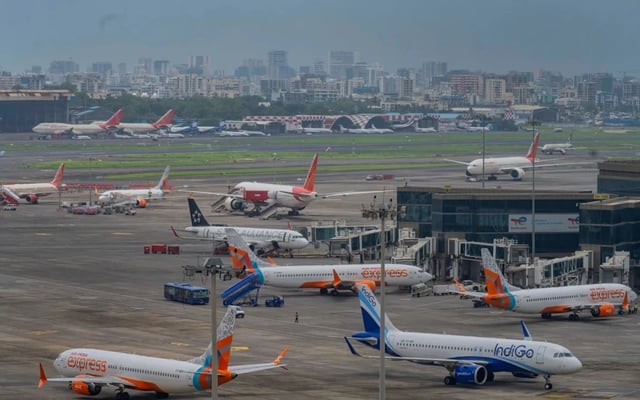

![[Photo] Prime Minister Pham Minh Chinh launched a peak emulation campaign to achieve achievements in celebration of the 14th National Party Congress](https://vphoto.vietnam.vn/thumb/1200x675/vietnam/resource/IMAGE/2025/10/5/8869ec5cdbc740f58fbf2ae73f065076)


![[Photo] Prime Minister Pham Minh Chinh chairs the Government's online conference with localities](https://vphoto.vietnam.vn/thumb/1200x675/vietnam/resource/IMAGE/2025/10/5/264793cfb4404c63a701d235ff43e1bd)

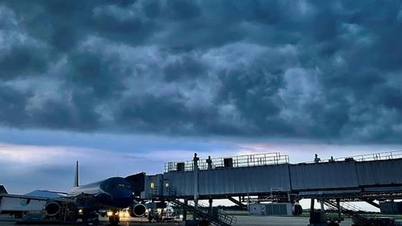

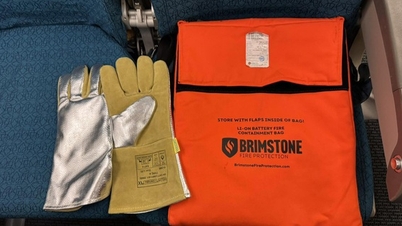

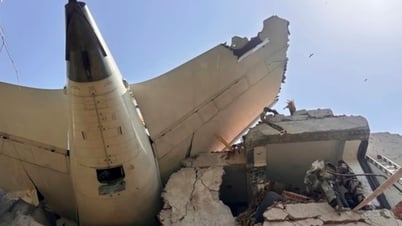
















































![[VIDEO] Summary of Petrovietnam's 50th Anniversary Ceremony](https://vphoto.vietnam.vn/thumb/402x226/vietnam/resource/IMAGE/2025/10/4/abe133bdb8114793a16d4fe3e5bd0f12)

![[VIDEO] GENERAL SECRETARY TO LAM AWARDS PETROVIETNAM 8 GOLDEN WORDS: "PIONEER - EXCELLENT - SUSTAINABLE - GLOBAL"](https://vphoto.vietnam.vn/thumb/402x226/vietnam/resource/IMAGE/2025/7/23/c2fdb48863e846cfa9fb8e6ea9cf44e7)


















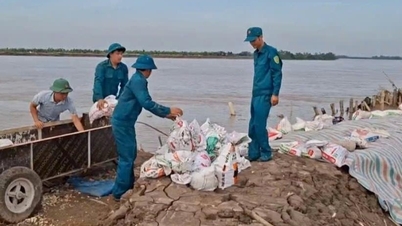














Comment (0)